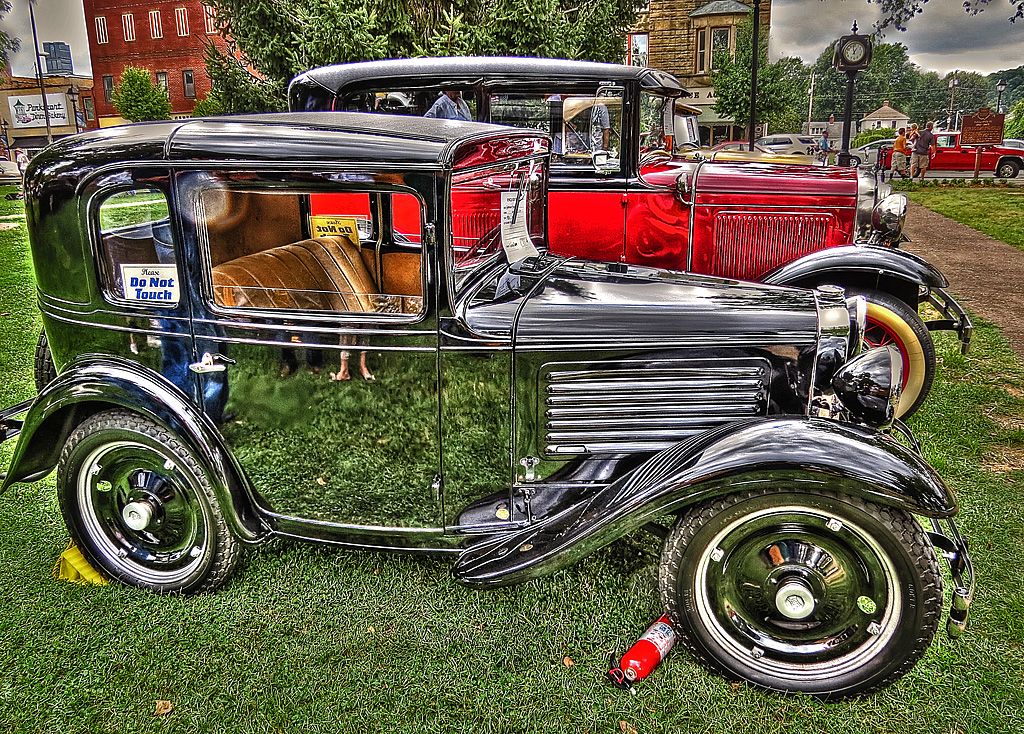
A Golden Age of Automotive Innovation
The 1960s stand as one of the most transformative decades in automotive history, a period when design, engineering, and cultural influence converged to redefine what driving meant. From sleek sports cars to raw muscle machines, the era produced vehicles that embodied passion, creativity, and bold ambition. These cars were more than machines; they became cultural icons, celebrated across generations and cherished by collectors worldwide.
Automotive enthusiasm during this decade was fueled by daring experimentation and technological leaps forward. Each car told its own story, blending aesthetics with performance and leaving a legacy that continues to inspire.
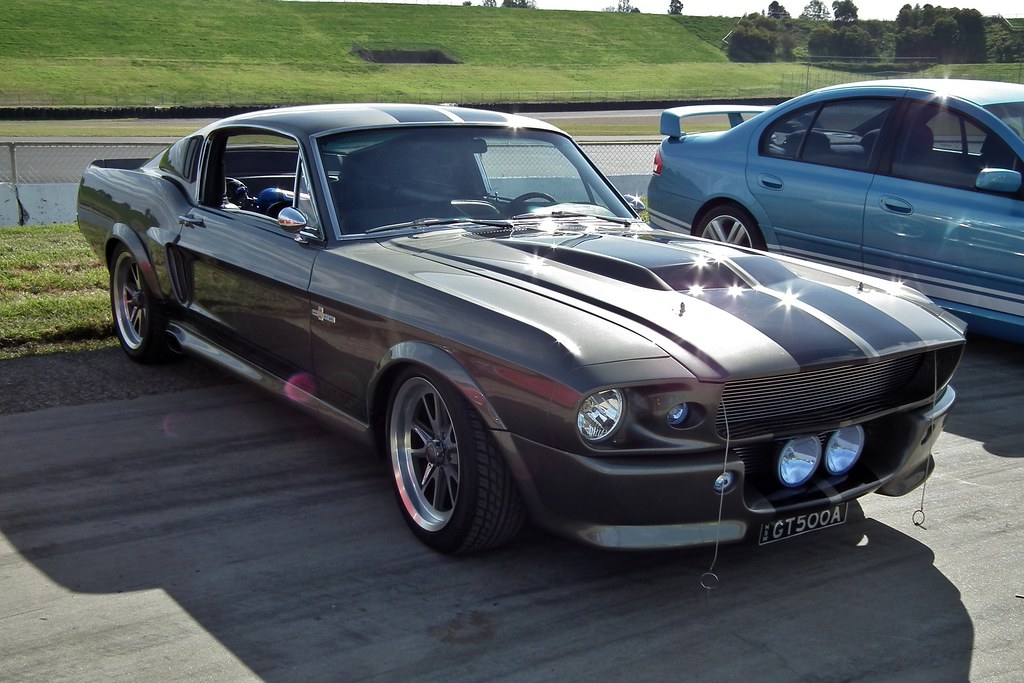
Ford Mustang: The Birth of the Pony Car
Introduced in 1964, the Ford Mustang created an entirely new class of vehicle: the pony car. With a long hood, short deck, and a wide array of engine options, it appealed to both casual drivers and performance enthusiasts. Its affordability made it accessible to a broad audience, while extensive customization options cemented its popularity. The Mustang quickly became a trendsetter in American automotive culture and remains one of the most enduring symbols of 1960s innovation.

Pontiac GTO: The Muscle Car Pioneer
Often regarded as the first true muscle car, the 1964 Pontiac GTO sparked a nationwide craze for high-performance vehicles. Initially offered as a performance package for the Pontiac Lemans, it gained its own model designation by 1966. Its aggressive styling, powerful engines, and affordability redefined American driving culture. By blending raw speed with a bold presence, the GTO became a cornerstone of 1960s muscle car history.

Chevrolet Corvette Stingray: An American Sports Icon
The 1963 Corvette Sting Ray, with its split-window coupe design and fiberglass body, represented a bold leap forward. Its independent rear suspension and racing-inspired engineering made it both stylish and technologically advanced. The Stingray embodied American sports car ambition, earning recognition as one of the most iconic Corvettes ever produced.
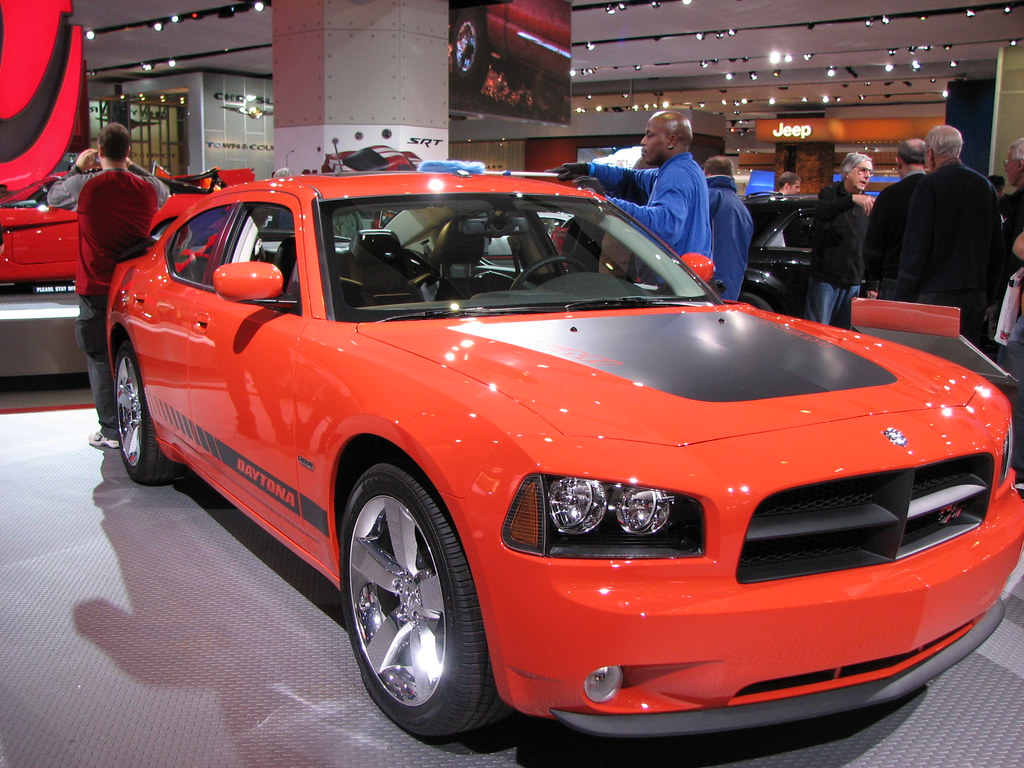
1969 Dodge Charger Daytona: Aerodynamics Redefined
Designed with racing in mind, the Charger Daytona introduced radical aerodynamic features, including a pointed nose cone and towering rear wing. These elements were functional innovations that elevated performance at high speeds. Though produced in limited numbers, its striking design and engineering advances made it one of the most memorable American cars of the decade.
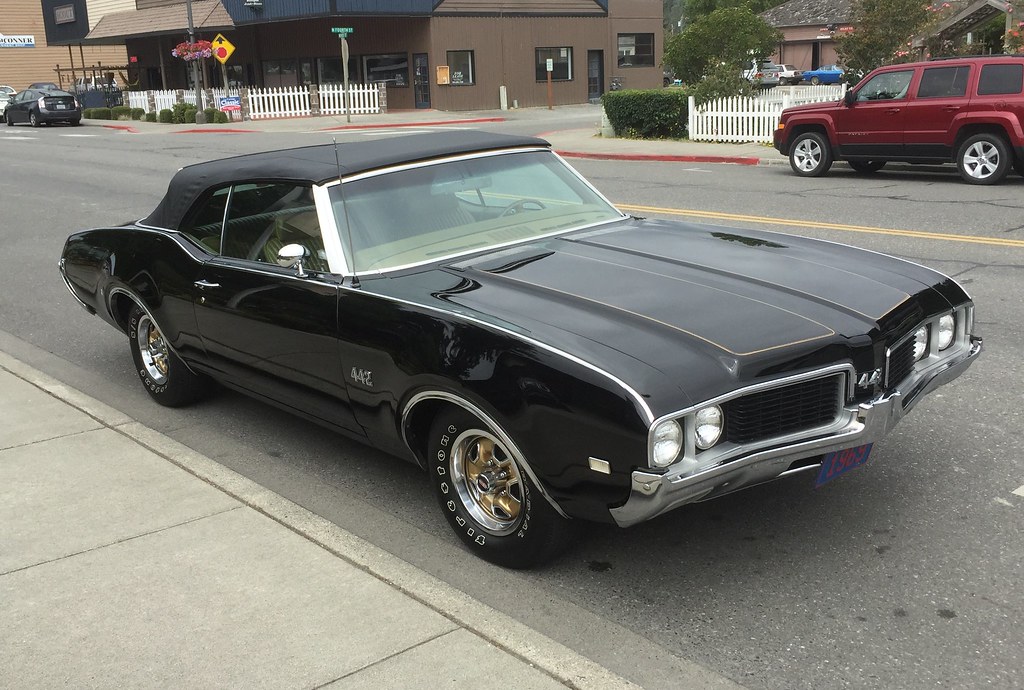
1968 Oldsmobile 442: Muscle with Refinement
The Oldsmobile 442, named for its four-barrel carburetor, four-speed manual transmission, and dual exhaust, combined muscle car performance with understated sophistication. Offering big-block torque wrapped in sleek styling, it appealed to drivers who valued both power and refinement. The 442’s balanced approach helped it stand out in a crowded market.
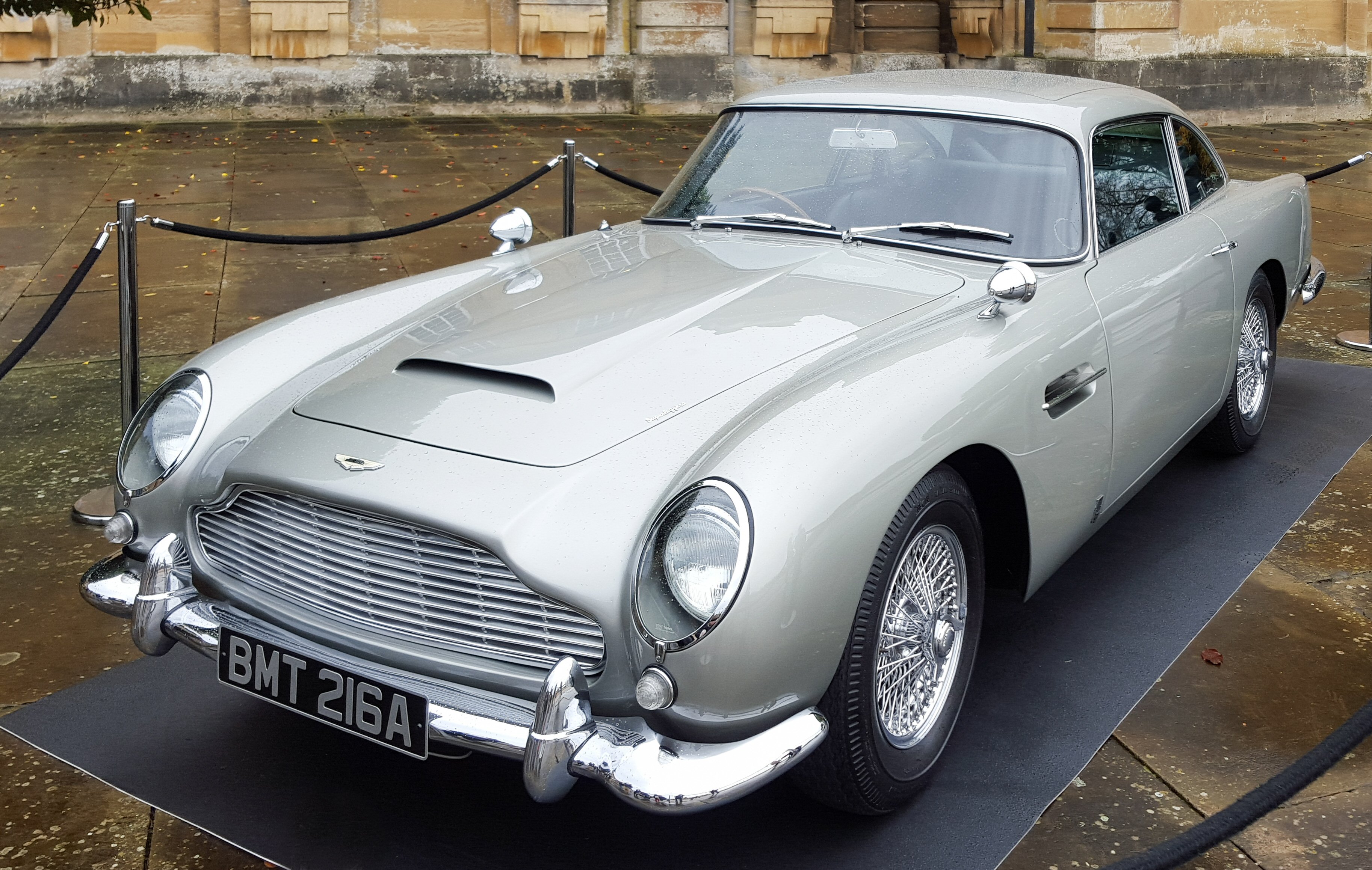
Aston Martin DB5: The Quintessential Grand Tourer
The Aston Martin DB5 epitomized British luxury and became globally famous through its role in the 1964 James Bond film Goldfinger. With an inline-six engine, refined styling, and a meticulously crafted interior, it symbolized sophistication and performance. The DB5 remains a high-water mark for grand tourers and a timeless cultural icon.
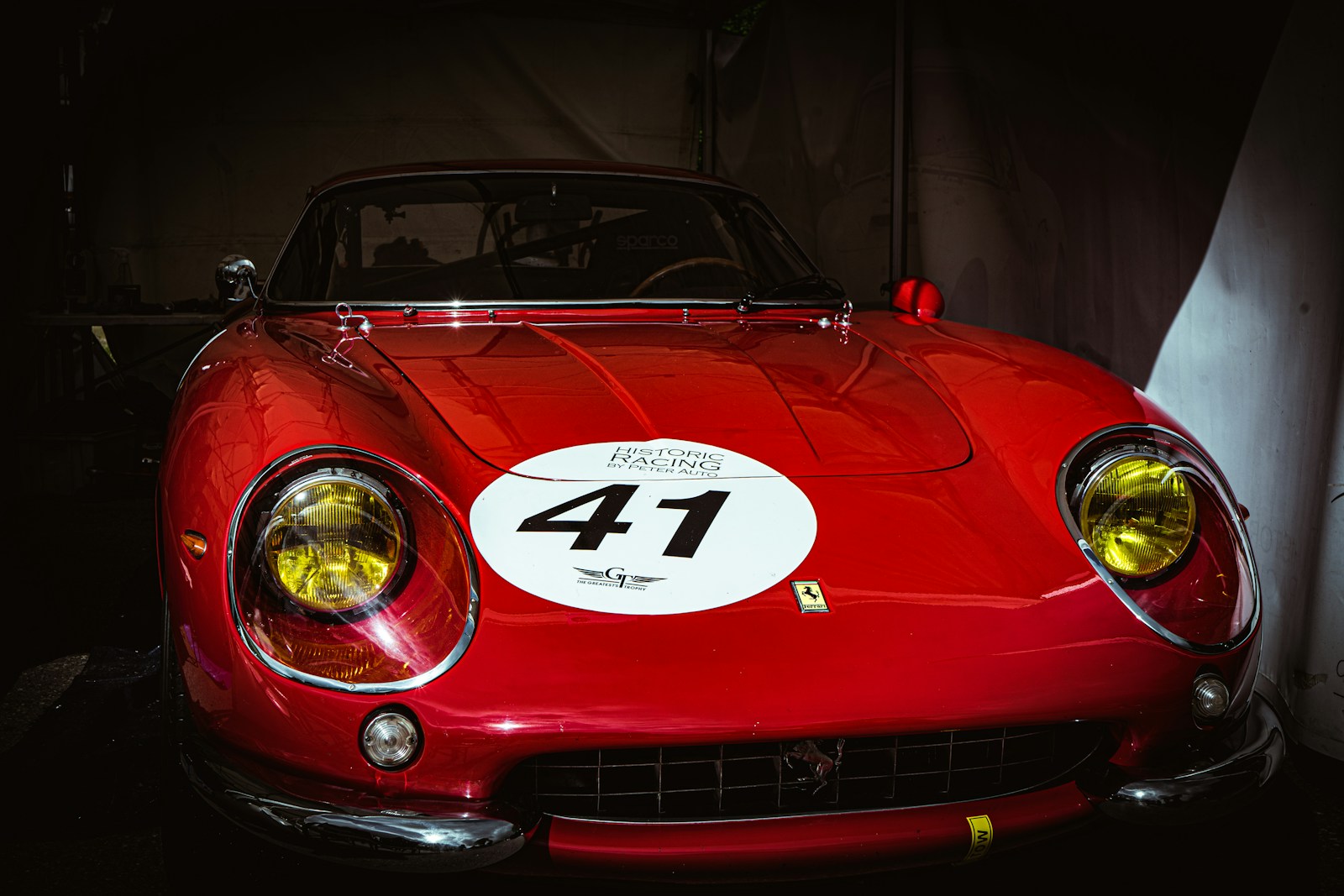
Ferrari 250 GTO: A Legendary Classic
Produced in extremely limited numbers, the Ferrari 250 GTO is one of the most coveted cars in history. With breathtaking curves and exceptional track performance, it became both a racing champion and a collector’s dream. Its rarity and design brilliance make it one of the most valuable and celebrated cars ever built.

1966 Lamborghini Miura: Birth of the Supercar
The Miura introduced the world to the mid-engine layout for road cars, a design concept previously reserved for racing. Its bold styling by Marcello Gandini and powerful V12 engine redefined exotic motoring. The Miura’s combination of artistry and engineering made it a trailblazer, earning recognition as the first true supercar.
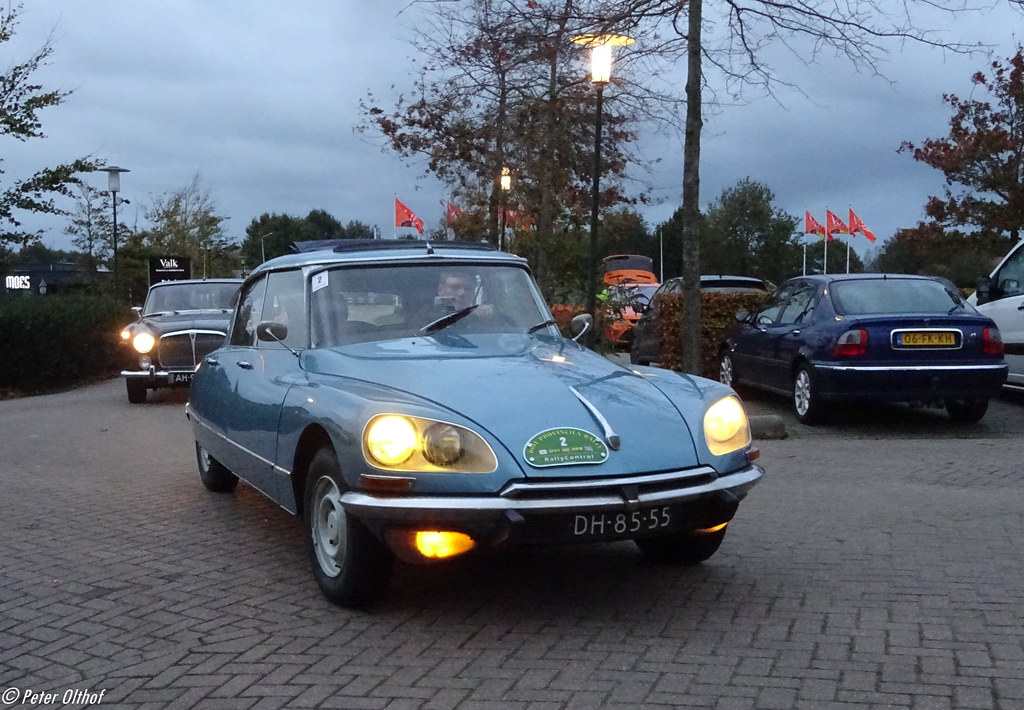
1966 Citroën DS21: French Innovation at Its Finest
The DS21 revolutionized automotive comfort with its hydropneumatic suspension and futuristic styling. Offering a ride smoother than anything else of its time, it showcased French engineering brilliance. Its aerodynamic shape and innovative features set it apart as a true design masterpiece.

Porsche 911: An Icon in the Making
Introduced in 1963, the Porsche 911 quickly became a benchmark for sports cars. Its rear-engine design, flat-six engine, and timeless silhouette created a formula that remains influential today. Renowned for precision and performance, the 911 of the 1960s laid the foundation for one of the most successful sports car lineages in history.
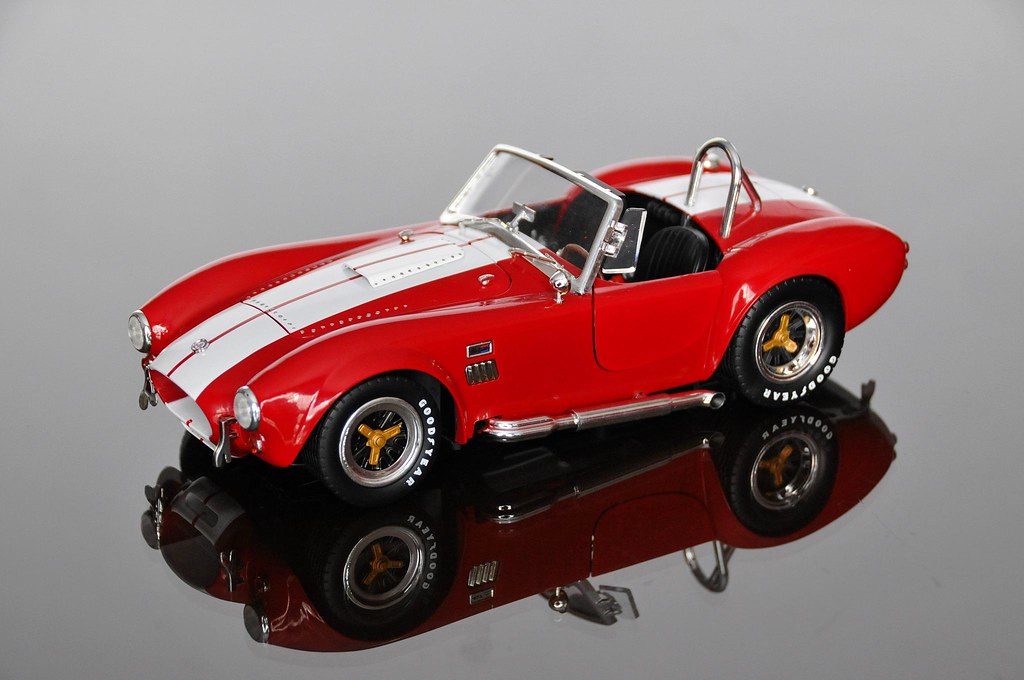
1966 Shelby Cobra 427: American-British Synergy
Carroll Shelby transformed the lightweight AC Ace body by fitting it with a massive Ford V8, creating the Shelby Cobra 427. Its aggressive stance, raw performance, and distinct styling made it a legend. The Cobra embodied American ingenuity and continues to be admired as one of the most iconic sports cars of its time.

1967 Toyota 2000GT: Japan’s Entry into the Spotlight
The Toyota 2000GT announced Japan’s arrival on the global sports car stage. With its Yamaha-tuned inline-six engine and elegant design, it rivaled the best European models of the era. Its limited production and racing pedigree enhanced its appeal, making it a prized classic that showcased Japan’s design and engineering ambitions.
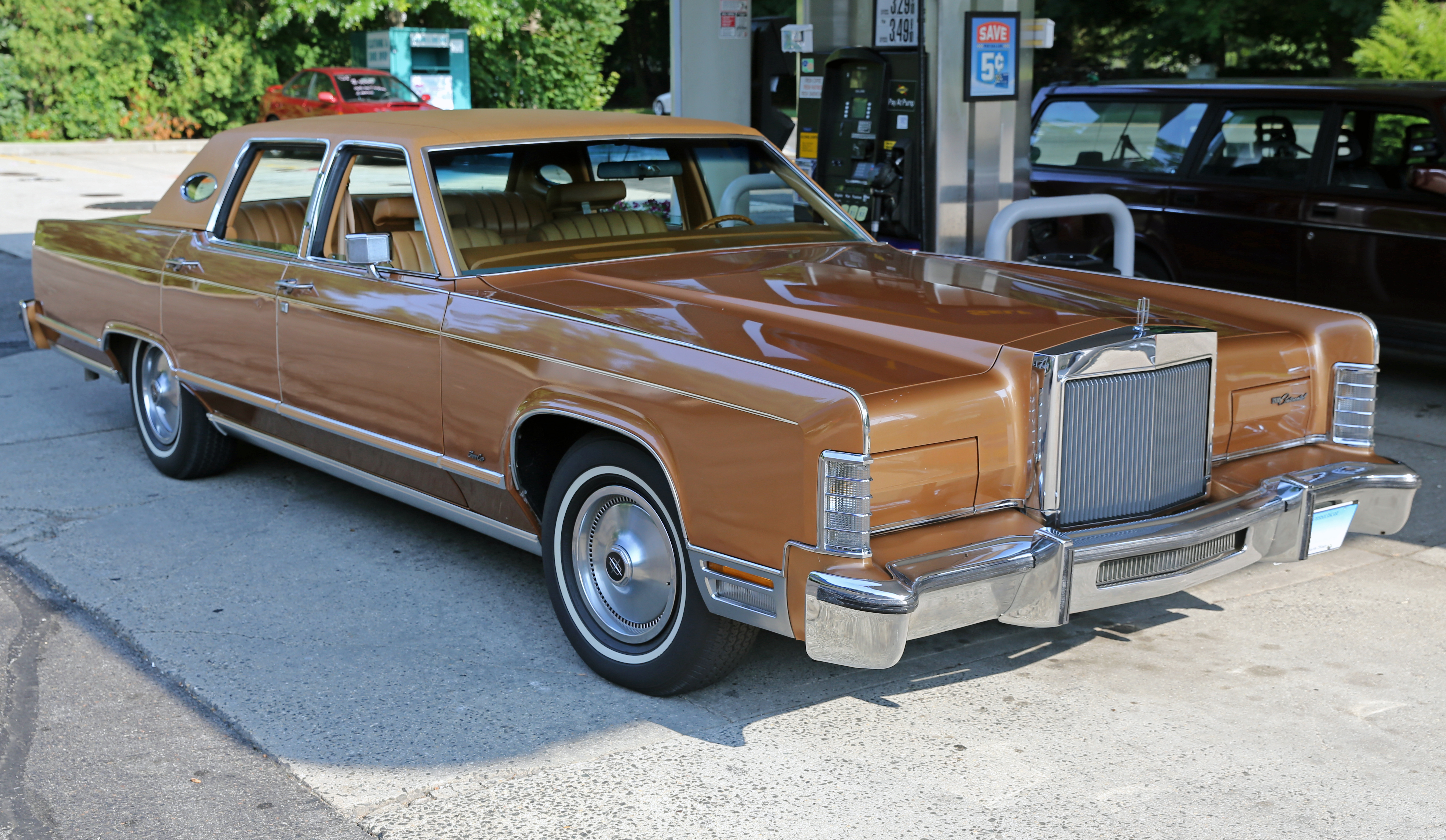
1961 Lincoln Continental: Presidential Elegance
With its signature rear-hinged doors and slab-sided styling, the Lincoln Continental represented understated American luxury. Its spacious interior and refined design appealed to leaders and celebrities, establishing it as a symbol of sophistication. The Continental’s elegance and practicality ensured its enduring status as a design icon.

The cars of the 1960s reshaped the automotive world, blending design innovation, engineering breakthroughs, and cultural impact. They defined what it meant to drive, whether through raw muscle, refined luxury, or cutting-edge technology. More than half a century later, these vehicles remain celebrated as milestones of automotive artistry. Their legacy lives on not just in collections and museums but in the ongoing passion they inspire among enthusiasts worldwide.

